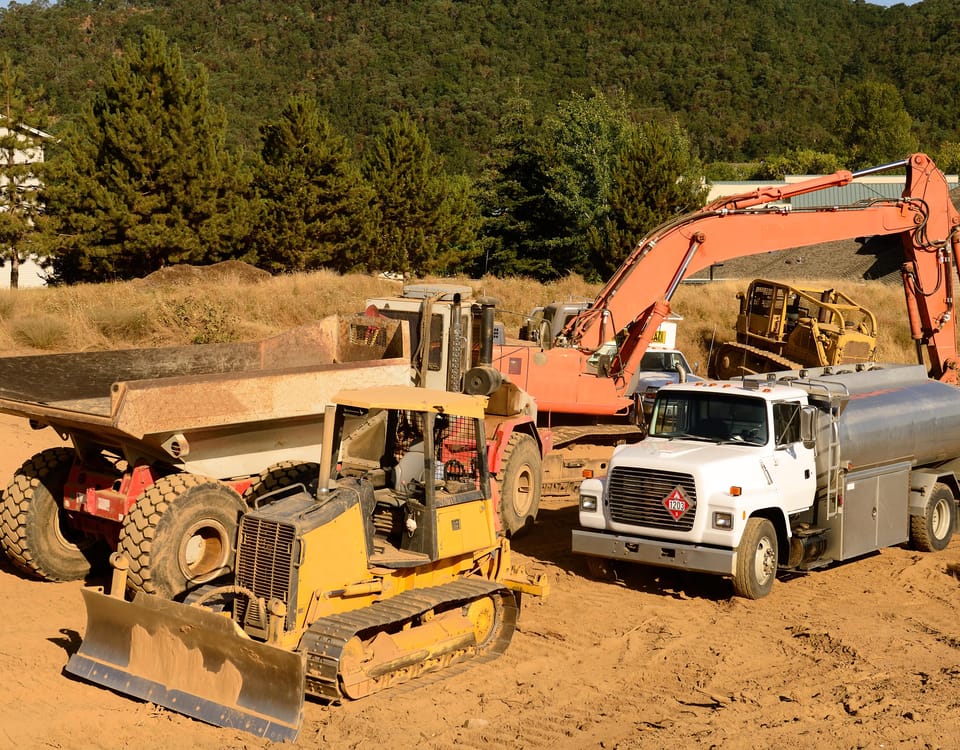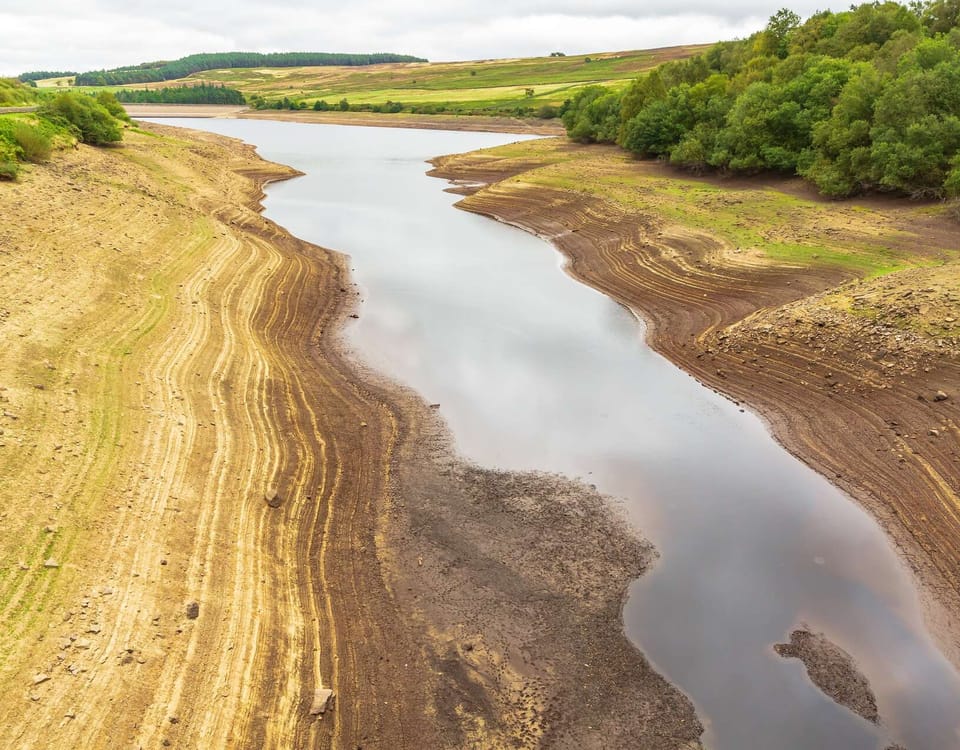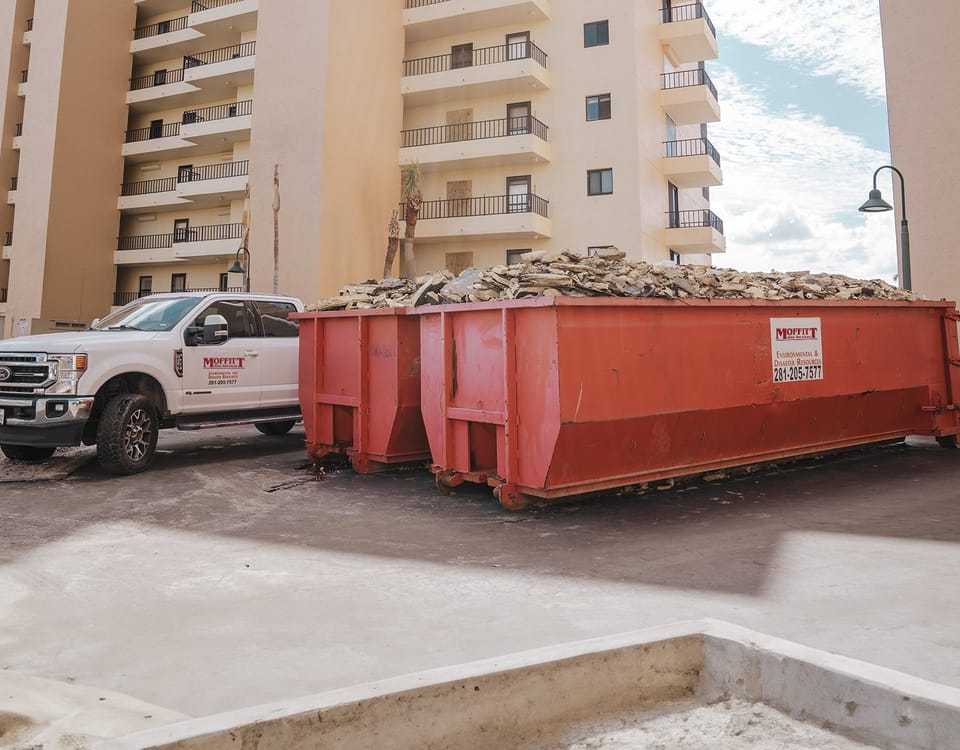
Texas, known for its vast landscapes and diverse climates, is no stranger to drought conditions. The state has experienced multiple drought episodes over the years, challenging its water resources, ecosystems, and communities. Responding to a Texas drought requires a multifaceted approach that combines water conservation, innovation, and proactive strategies. In this blog, we will explore effective ways to respond to the Texas drought and ensure a sustainable water future for the Lone Star State.
Understanding the Texas Drought
Texas Drought Cycles
Texas has historically faced cyclical drought patterns, with droughts often lasting several years. These cycles are driven by factors such as climate variability, El Niño and La Niña events, and increased water demand due to population growth.
Water Supply Challenges
Texas relies heavily on surface water reservoirs and groundwater aquifers for its water supply. Extended droughts can lead to the depletion of these resources, causing water shortages for both urban and rural areas.
Economic and Environmental Impact
Droughts in Texas can have severe economic consequences, affecting agriculture, energy production, and tourism. They also place stress on natural ecosystems, leading to wildfires, habitat loss, and reduced biodiversity.
Strategies for Responding to a Drought
- Water Conservation: Implementing water-saving practices is crucial for drought response:
- Encourage residents and businesses to fix leaks promptly.
- Promote xeriscaping and the use of drought-tolerant plants in landscaping.
- Implement water restrictions and rationing during severe droughts.
- Advanced Water Management Technologies:
- Invest in advanced water treatment and purification technologies to maximize the use of available water resources.
- Explore cloud-based water management systems that monitor water usage in real-time and provide insights for conservation.
- Diversify Water Sources:
- Promote rainwater harvesting for residential and commercial use.
- Explore desalination options, especially for coastal regions, to reduce dependence on freshwater sources.
- Infrastructure Upgrades:
- Invest in upgrading and expanding water storage infrastructure, including reservoirs and water distribution networks.
- Consider the use of treated wastewater (reclaimed water) for non-potable purposes like irrigation.
- Community Education and Engagement:
- Launch public awareness campaigns to educate Texans about water conservation and the importance of responsible water use.
- Encourage water-saving practices in schools, businesses, and households.
- Legislation and Policy Initiatives:
- Advocate for water management policies that address long-term sustainability.
- Develop and implement drought contingency plans at the state and local levels to guide responses during drought emergencies.
- Research and Innovation:
- Invest in research and innovation to develop drought-resistant crop varieties and more efficient water use in agriculture.
- Explore water recycling and reuse technologies to reduce wastewater and strain on freshwater sources.
Moving Forward
Sometimes, for short term emergencies, drought response requires water delivery. When this is the case, look no further than Moffitt Services. Our team specializes in finding a solution for you, whether it’s site security or water delivery.
Responding to the Texas drought is a collective effort that involves individuals, communities, businesses, and government agencies. By embracing water conservation practices, investing in advanced technologies, and implementing proactive policies, Texas can build resilience against droughts and ensure a sustainable water supply for its growing population. The lessons learned from past droughts can guide the state toward a more water-secure future, where water scarcity is met with innovation and responsible stewardship of this precious resource.




